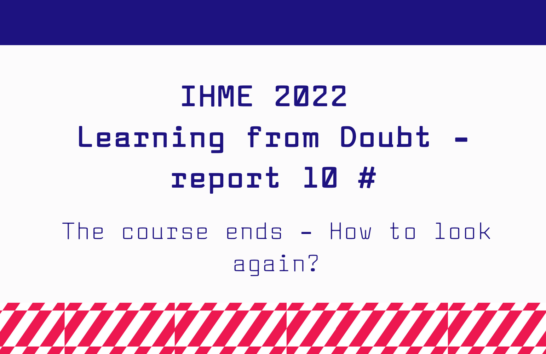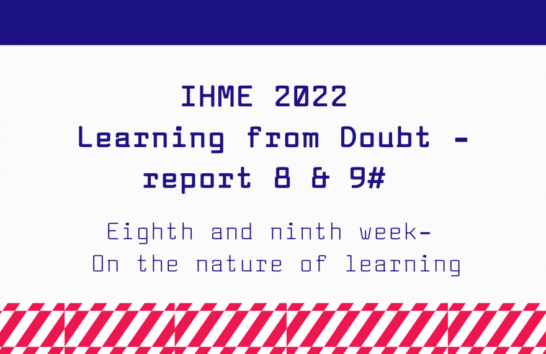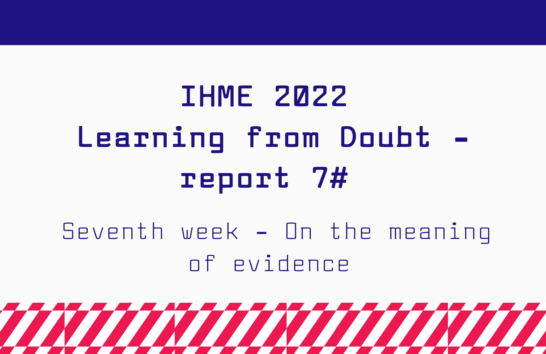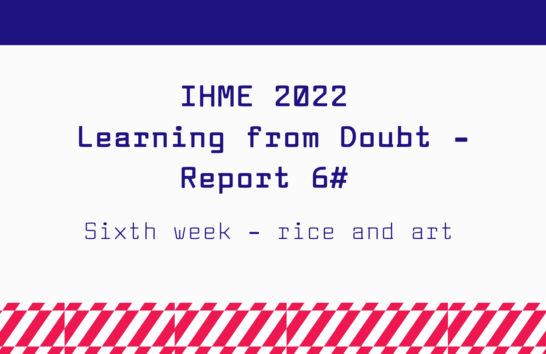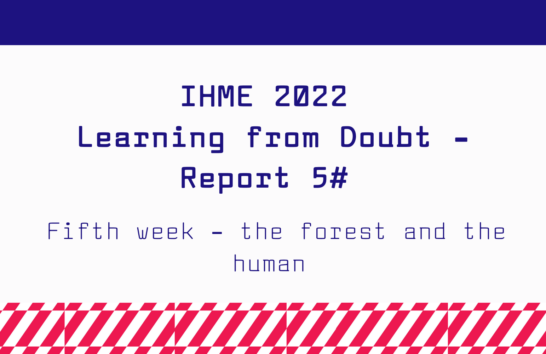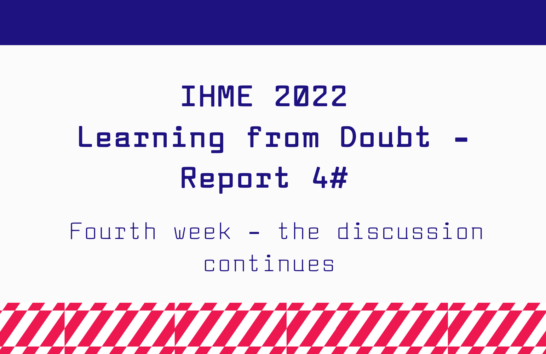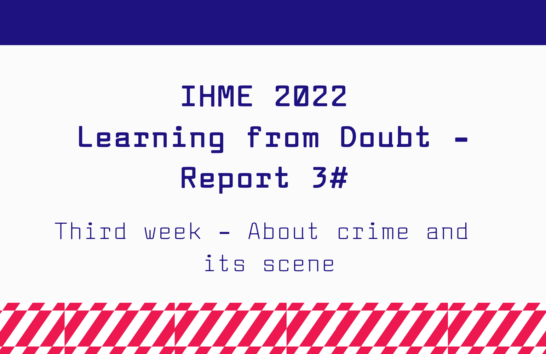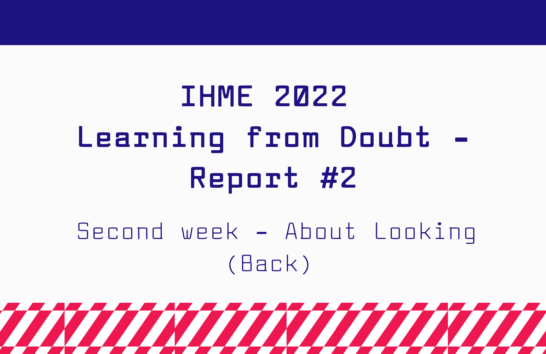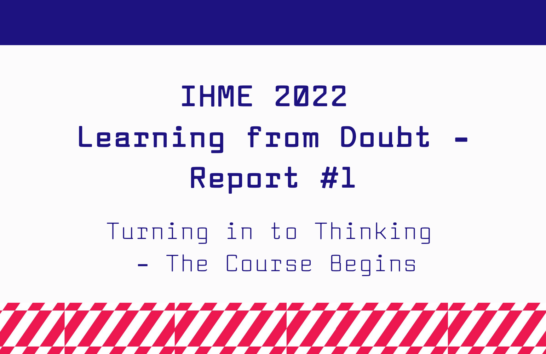Course reports
IHME 2022 Commission Report 5#

Fifth week – the forest and the human
IHME Commission 2022, the online course Learning from Doubt, is halfway through. The fifth week of the ten-week course is the second part of The Exhibition, which takes a closer look at Amar Kanwar’s The Sovereign Forest. An extensive set of materials has been made available on the course page. This week, participants are able to read texts related to The Sovereign Forest and look at interview material and a book. There is also documentation on The Sovereign Forest’s seed bank, featuring 272 different rice varieties collected by farmer and seed activist Natabar Sarang. The next week of the course will focus on the seed bank in more detail.
The fifth week again begins with a virtual meeting between Kanwar and course participants. In it, Kanwar unpacks in greater detail the starting points and history of the previous and current weeks’ materials, as well as his relationship with them. Questions and ideas came up, for example, about who makes the laws and who has the right to interpret them. Power structures related to information management were also the subject of reflection. In addition to these, the discussion covered the theme of land ownership familiar from previous weeks, and in particular the legal issues involved.
Whose power?
Kanwar describes The Sovereign Forest as growing like a forest, piece by piece. He says that also in the background is the final image of a tree in the film The Scene of Crime (2011), which can be seen, for example, on the course’s login page. Kanwar says that, with this image, he was thinking about the status and place of the tree and the forest. This is referred to in the title of the work: the autonomy of the tree, the forest, the land. Nature does not allow for borders or state sovereignty, although the state has the means to take over and use land. How we can understand a crime against the land is absolutely central throughout the course.
Central to the materials for the fifth week is an essay by Usha Ramanathan, written in response to The Sovereign Forest. The materials also include an interview with Ramanathan, in which she discusses these issues – the land and its ownership, and their relationship to the law – in more detail. In both the essay and the interview, Ramanathan asks what does land ownership mean in general? The question is directly related to colonialist structures and thus to the history of India.
The work of art, experience and visuality
The American theorist and poet Fred Moten has argued that, in Western thinking, the sense of sight is still prioritized over other senses. Kanwar’s body of work dispels the idea that what is perceived through the visual sense is intellectually more valuable than works perceived through other senses. For example, The Constitution (2012) asks what surpasses the printed word? What can we not envisage by reading?
While many of Kanwar’s works are visually impressive, he, like Moten, thinks that experiencing a work of art is a multisensory event. This is also evident in the Learning from Doubt course, for example, in the discussion and audio works. The Sovereign Forest, as the meetings have shown, is a forest-like place. You have to go into the work, and you can immerse yourself in it.
IHME Helsinki’s intern Eero Karjalainen reported on the progress of Amar Kanwar’s course on IHME Helsinki’s channel throughout the course.
